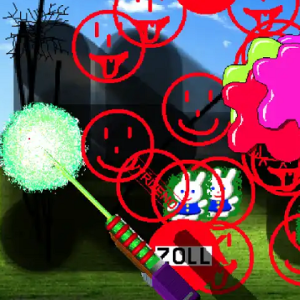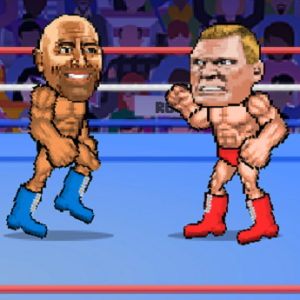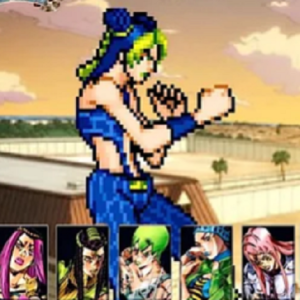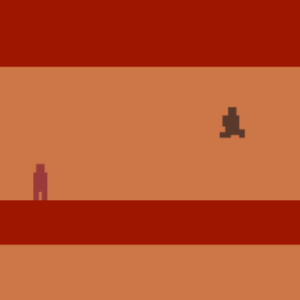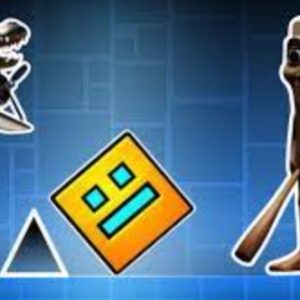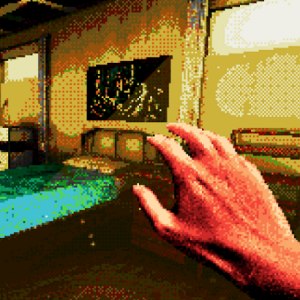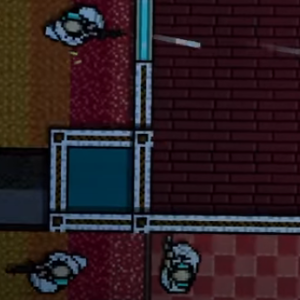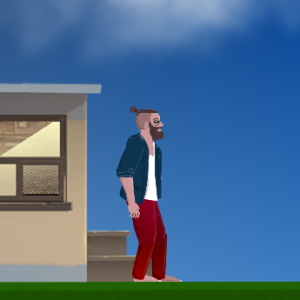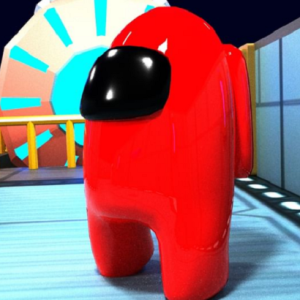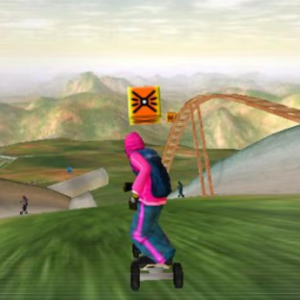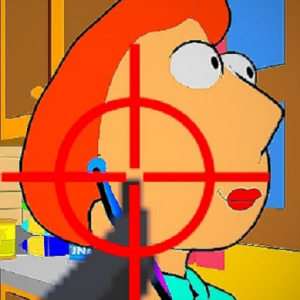Similiar games
Desktop Destroyer is a game that lets users interact with their screen in unconventional ways. Instead of playing through levels or completing objectives, the game gives players a set of destructive tools to use directly on their desktop. The gameplay is less about goals and more about providing a space for releasing frustration or experimenting with chaotic effects. From saws to flamethrowers, each tool behaves differently and produces visual changes to the desktop environment.
Selection of Destructive Options
One of the game’s most interesting aspects is the range of weapons and effects it offers. Each tool provides a different style of interaction, allowing the player to virtually damage the screen in various ways. This turns an ordinary desktop into a digital sandbox where players can simulate destruction without real consequences.
Common tools available in Desktop Destroyer include:
- Chainsaw
- Flamethrower
- Hammer
- Machine gun
- Termites
- Ink splatter
- Laser
- Bomb
No Scores, No Rules
Unlike most games, Desktop Destroyer has no scoring system or levels. The experience is entirely open-ended, and users can switch between tools freely. There’s no penalty for damage, and no need to repair anything. Instead, players are encouraged to test each effect, discover combinations, or simply clear their mind by watching their desktop crumble. It’s a creative space where the only objective is user satisfaction through simulated chaos.
Designed for Casual Sessions
Because of its structure, Desktop Destroyer fits well into short play sessions. It doesn’t require commitment, saving progress, or learning controls. The simple interface ensures that players can begin immediately and explore the available tools without instruction. This makes it especially suitable for quick breaks or moments of boredom. There is no narrative or character progression, only the destruction of the digital space in front of the user.
A Digital Toy With a Cult Following
Though not a complex title, Desktop Destroyer remains memorable for many due to its originality. It has been used as a stress reliever, a prank, or just a way to pass time. The idea of turning a screen into a virtual playground of destruction makes it different from traditional games. Over time, it has developed a nostalgic value among users who remember using it during earlier computing years. It stands out as a simple concept that offers an unexpectedly engaging experience.


